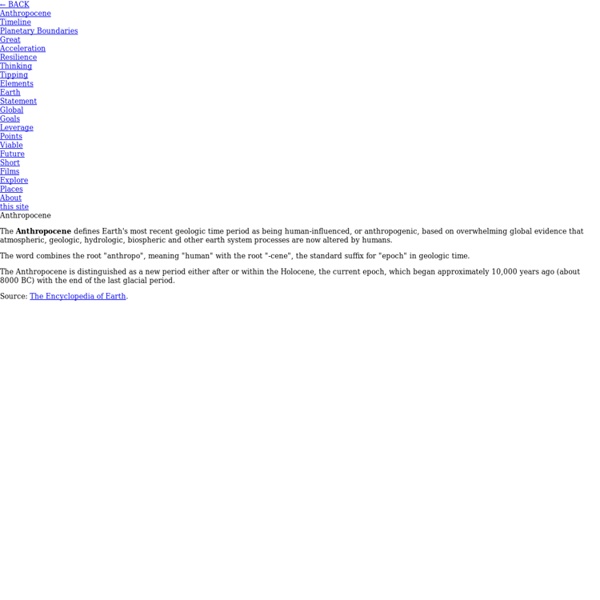



If the Moon Were Only 1 Pixel - A tediously accurate map of the solar system Mercury Venus Earth You Are Here Moon Mars Jupiter Io Europa Ganymede Callisto Saturn Titan Uranus Neptune Pluto(we still love you) That was about 10 million km (6,213,710 mi) just now. Pretty empty out here. Here comes our first planet... As it turns out, things are pretty far apart. We’ll be coming up on a new planet soon. Most of space is just space. Halfway home. Destination: Mars! It would take about seven months to travel this distance in a spaceship. Sit back and relax. When are we gonna be there? Seriously. This is where we might at least see some asteroids to wake us up. I spy, with my little eye... something black. If you were on a road trip, driving at 75mi/hr, it would have taken you over 500 years to get here from earth. All these distances are just averages, mind you. If you plan it right, you can actually move relatively quickly between planets. Pretty close to Jupiter now. Sorry. Lots of time to think out here... Pop the champagne! We're always trying to come up with metaphors for big numbers.
Distant Oasis La 'respiración' del planeta en un par de imágenes Fuente: NPR (Pincha para ver en grande) El diseñador John Nelson tomó las imágenes de la NASA y las ha resumido en este impresionante gif que publican en NPR. En él vemos el ciclo anual de vegetación y deshielo, una especie de latido del planeta que muestra los cambios que se producen en el casquete polar ártico cada año. Este latido no siempre ha sido igual, pero desde que tenemos capacidad para observarlo, los científicos se han dado cuenta de que durante el período de contracción veraniego, la parte blanca, es cada vez menor, hasta el punto de que se teme que desaparezca por completo. Para saber más: Diez cosas que ya han cambiado para siempre en el Ártico
Sobre a exposição | A terra vista do céu 10 Terrifying Planets You Don't Want To Visit Space Space exploration is a grand adventure. Its mystery has always captivated us and the inevitable discoveries to come will add to the many cosmological insights we already have. But let this list serve as a warning for any weary inter-solar travelers. The universe can be a very frightening place. Our planet maintains a high ratio of oxygen to carbon. On Neptune, one can find constant jet stream winds that whip around the planet at terrifying speeds. Nick-named Bellerophon, in honor of the Greek hero who tamed the winged horse Pegasus, this gas giant is over 150 times as massive as earth and made mostly of hydrogen and helium. The densest and most massive exoplanet to date is a world known as COROT-exo-3b. On Mars a dust storm can develop in a matter of hours and envelope the entire planet within a few days. Simply put, this planet is the hottest planet ever discovered. Jupiter’s atmosphere brews storms twice as wide as the Earth itself. [Entry redacted.